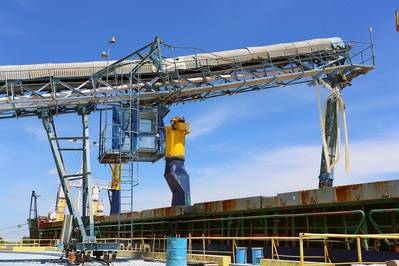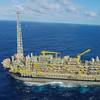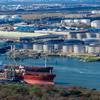Capesize Surge Boosts Baltic Dry Index to 53% Quarterly Gain
The Baltic Exchange's main sea freight index eased on Thursday, but still gained about 53% for the quarter on the back of robust demand for dry bulk vessels, especially capesizes.
The overall index, which factors in rates for capesize, panamax, supramax and handysize vessels, fell 30 points, to 5,167, from the 13-year peak it scaled on Wednesday.
Most of the quarterly gains were driven by the strength in the capesize segment, which transports 150,000-tonne cargoes such as iron ore and coal. The capesize index fell 74 points, or 0.8%, to 8944, for the day but jumped about 128% for the quarter, its best since the three months ending June 2020.
"High iron-ore export levels from Brazil, robust coal imports due to high gas and energy prices along with congestion in China has driven the capesize market this quarter," said Rebecca Galanopoulos Jones, head of research at Alibra Shipping.
"The outlook (for dry bulk overall and capesizes) for the fourth quarter looks positive, but the first quarter of 2022 might be a little dull due to the Chinese new year."
Average daily earnings for capesizes fell $610 to $74,176.
Dalian iron ore futures jumped after the world's no.4 iron ore miner, Fortescue Metals Group, halted operations at its Pilbara project, while hopes of improved Chinese demand in the fourth quarter provided further support.
The panamax index fell 24 points, or 0.6%, to 4,013. The index registered the first quarterly dip in three, down 2.5%, but rose over 6% in September.
Average daily earnings for panamaxes, which ferry 60,000-70,000 tonne coal or grain cargoes, decreased $216 to $36,119.
The supramax index rose 3 points to 3,382.
(Reporting by Ashitha Shivaprasad; Editing by Krishna Chandra Eluri)














